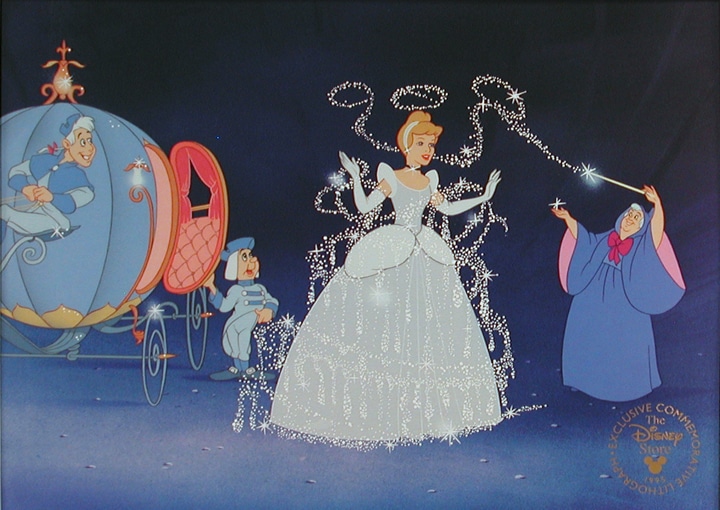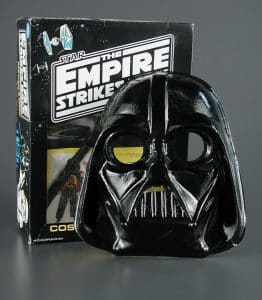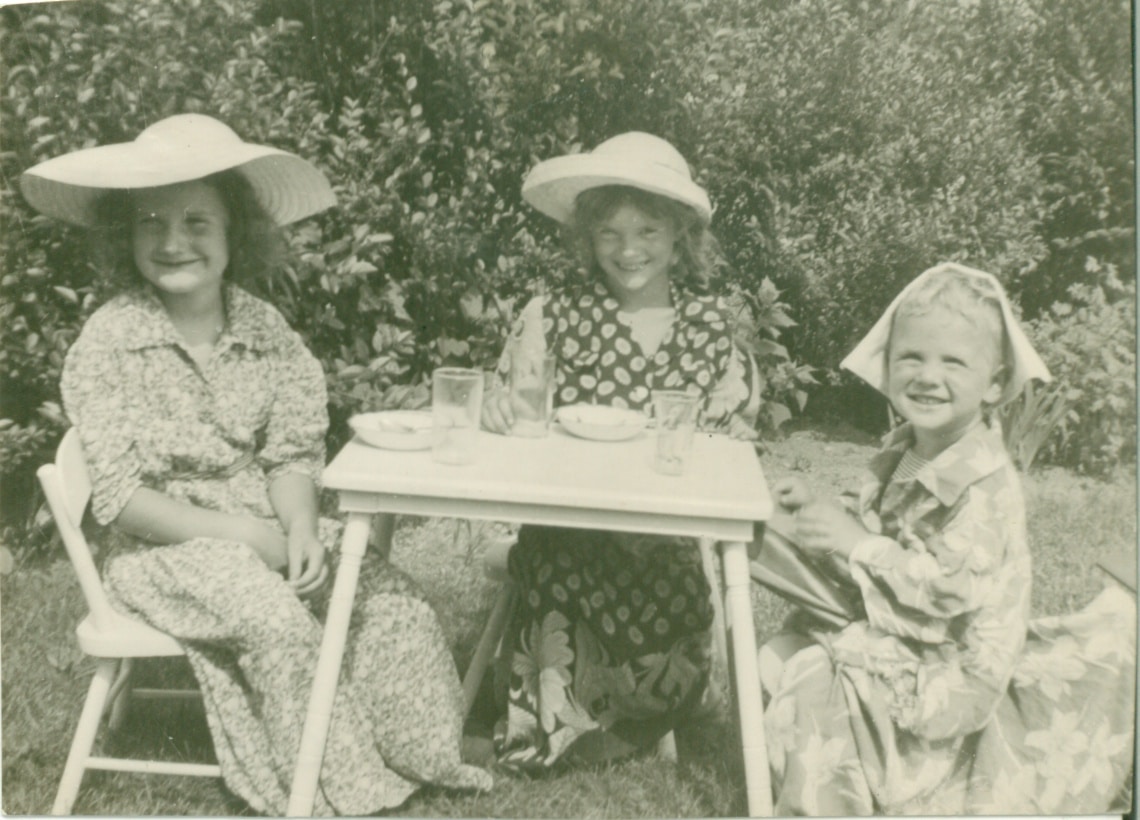 What do Cinderella, Lady Gaga, and Kate Middleton all have in common? Distinctive style. For Cinderella the right dress and the perfect pair of shoes proved to be life changing. Today, little girls everywhere own replicas of the shimmering, blue ball gown. Lady Gaga makes bold statements with outrageous ensembles constructed from atypical materials such as yellow caution tape, plush Kermit the Frog toys, or even a dress made of raw meat (now on display at the Rock and Roll Hall of Fame and Museum). Kate Middleton—a former commoner—has seemingly achieved fashion icon status with ease in the past year, demonstrating a classic modern style and landing her among the ranks of Jacqueline Kennedy Onassis and her own late mother-in-law, Princess Diana. The clothing Kate wears often causes such a sensation that it sells out mere moments after she’s spotted wearing it. Do women want to own the same dress simply because they like the style, or because they believe that by wearing the same thing they too will somehow be transformed?
What do Cinderella, Lady Gaga, and Kate Middleton all have in common? Distinctive style. For Cinderella the right dress and the perfect pair of shoes proved to be life changing. Today, little girls everywhere own replicas of the shimmering, blue ball gown. Lady Gaga makes bold statements with outrageous ensembles constructed from atypical materials such as yellow caution tape, plush Kermit the Frog toys, or even a dress made of raw meat (now on display at the Rock and Roll Hall of Fame and Museum). Kate Middleton—a former commoner—has seemingly achieved fashion icon status with ease in the past year, demonstrating a classic modern style and landing her among the ranks of Jacqueline Kennedy Onassis and her own late mother-in-law, Princess Diana. The clothing Kate wears often causes such a sensation that it sells out mere moments after she’s spotted wearing it. Do women want to own the same dress simply because they like the style, or because they believe that by wearing the same thing they too will somehow be transformed?
 As children, most of us—boys and girls alike—play dress up for the very same reason: it enables us to transform from ourselves into someone or something else. The right hat can instantly turn you into a pirate, a professional athlete, or a favorite character such as Davy Crockett. You can even masquerade as a wedge of cheese, thanks to a cleverly designed hat. Masks make instant transformation into a superhero, an infamous villain, or a green ogre possible. Ordinary household items can also facilitate a major metamorphosis. With a simple bed sheet you can moonlight as a ghost or fashion a toga. A beach towel with a strategically placed safety pin makes an ideal superhero cape, especially when paired with underwear placed over the pants, rather than under them. Throughout my own childhood, my best friend and I spent hours dressing up. I envied her collection of formal gowns: pink tulle, red satin, and blue sequins spilling over the tops of large boxes in her basement. Upon selecting the appropriate gown and accessories, we’d instantly transform from Katie and Victoria—ordinary little girls—into regal, adult women living glamorous lives.
As children, most of us—boys and girls alike—play dress up for the very same reason: it enables us to transform from ourselves into someone or something else. The right hat can instantly turn you into a pirate, a professional athlete, or a favorite character such as Davy Crockett. You can even masquerade as a wedge of cheese, thanks to a cleverly designed hat. Masks make instant transformation into a superhero, an infamous villain, or a green ogre possible. Ordinary household items can also facilitate a major metamorphosis. With a simple bed sheet you can moonlight as a ghost or fashion a toga. A beach towel with a strategically placed safety pin makes an ideal superhero cape, especially when paired with underwear placed over the pants, rather than under them. Throughout my own childhood, my best friend and I spent hours dressing up. I envied her collection of formal gowns: pink tulle, red satin, and blue sequins spilling over the tops of large boxes in her basement. Upon selecting the appropriate gown and accessories, we’d instantly transform from Katie and Victoria—ordinary little girls—into regal, adult women living glamorous lives.
Even as adults, long after the days of playing dress up have passed, what we wear can transform how we feel. Clothing becomes a form of self expression, indicative of how we want others to perceive us. I am fascinated by the way toddlers embrace this concept early on, utilizing clothing and accessories as a creative medium, delightfully mixing and matching items. My former dress up comrade, Katie, now has a three-year-old son, who recently attired himself in a bright red Flintstones T-shirt, smartly accessorized with adult safety goggles, a toy screwdriver, and a blue sippy cup. My niece—when heading out recently for a round of miniature golf—paired her blue Cinderella dress with red sunglasses, pink cowgirl boots, and three handbags, all of which were covered in princess stickers. Another little girl I know was extremely shy at two years old, and preferred to wear bright green pants with dragon feet at the bottom everywhere she went. I’m convinced it was her way of subtly expressing the fact that she wasn’t much of a chatter.
 Whether you are playing dress up or dressing for work, wearing dragon feet, or a Rubik’s cube necktie, what you wear can completely transform how you feel. Perhaps you have fond memories of dressing up as a child, or maybe you are fortunate enough to get the chance to relive those memories as you play dress up with your own children. What will you be? A princess, a cowboy, or a beloved wedge of cheese? Choose wisely and you might just be on your way to fashion icon status.
Whether you are playing dress up or dressing for work, wearing dragon feet, or a Rubik’s cube necktie, what you wear can completely transform how you feel. Perhaps you have fond memories of dressing up as a child, or maybe you are fortunate enough to get the chance to relive those memories as you play dress up with your own children. What will you be? A princess, a cowboy, or a beloved wedge of cheese? Choose wisely and you might just be on your way to fashion icon status.
Have a great dress up memory you’d like to tell? Want to show how creative your kids’ fashion sense can be? Come share those experiences at America at Play: Play Stories.



